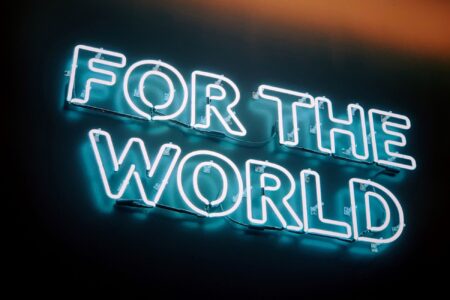BC energy policies help wealthier homeowners, hurt low-income households
A new study calls for a more fair and effective approach to residential energy efficiency in BC as part of an aggressive climate action framework.
The study recommends protecting low-income households from rising electricity costs and investing in retrofits for multi-unit buildings and rental housing.
“To reduce residential greenhouse gas emissions in BC we must shift away from natural gas and increase our reliance on clean electricity,” says Marc Lee, lead author of the study and co-director of the Climate Justice Project. “That means a big push for conservation and energy efficiency, with an emphasis on the needs of low- to middle-income households.”
Raising electricity prices can increase energy poverty. When people live in energy poverty, it means that they struggle to meet basic energy needs, especially necessities like heat and hot water. Between 17 and 18 per cent of British Columbians are estimated to live in energy poverty already.
The study’s key findings include:
- Low-income households spend a much greater percentage of their income on electricity: The poorest 20 per cent spent three per cent of their income on electricity in 2009, while the top 20 per cent spent less than one per cent.
- BC Hydro’s shift to two-tier pricing had a small beneficial impact on low-income households and increased costs for high-income households. However, planned across-the-board rate increases will make energy poverty worse.
- BC’s household energy retrofit program, LiveSmartBC, primarily benefits owners of single-family homes. Low- and moderate-income households, who tend to live in rental housing and in multi-unit buildings, have little access to retrofit dollars.
The study’s recommendations include:
- Ensure that fighting energy poverty is part of a long-term clean energy transition strategy: concentrate price increases in the second tier of electricity pricing, and provide income transfers to low-income households if their electricity costs rise.
- Target older housing, rental stock and multi-unit buildings with retrofit programs as a core element of a next generation LiveSmart program.
- Invest in training for the green jobs required to carry out these retrofits.
- Eliminate the upfront costs of making retrofits through innovative financing arrangements, using hydro bills or the property tax system.
- Guard against perverse incentives to switch to natural gas for space and water heating: use carbon pricing and require that new housing developments use clean energy. (Gas prices are currently about half the cost of electricity in the first tier.)
The authors estimate that $220 million per year invested in retrofitting BC’s housing stock over the next decade would lead to substantial reductions in GHG emissions and energy poverty, and create 12,000 direct green jobs per year.
“A move towards zero-carbon homes should not increase energy poverty,” says Lee. “BC can be a leader in developing a new approach that creates jobs and reduces energy poverty while doing our share of climate action.”
Fighting Energy Poverty in the Transition to Zero-Emission Housing: A Framework for BC, by Marc Lee, Eugene Kung and Jason Owen is available at policyalternatives.ca/energypoverty. This study is part of the Climate Justice Project, a partnership between the CCPA-BC and UBC, funded by SSHRC.


























Comments